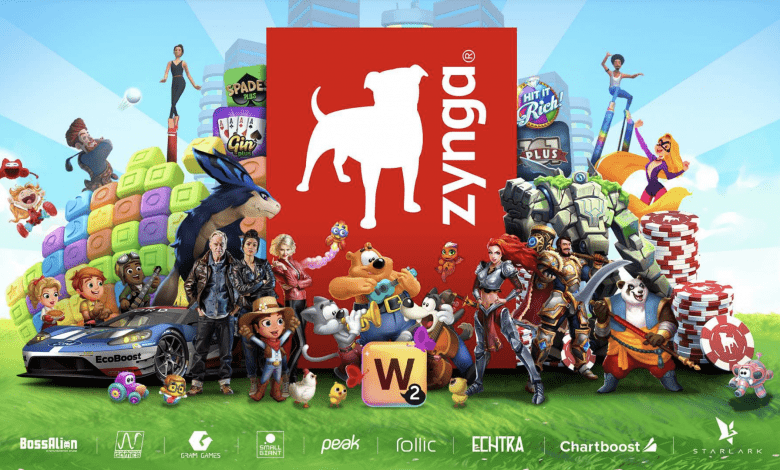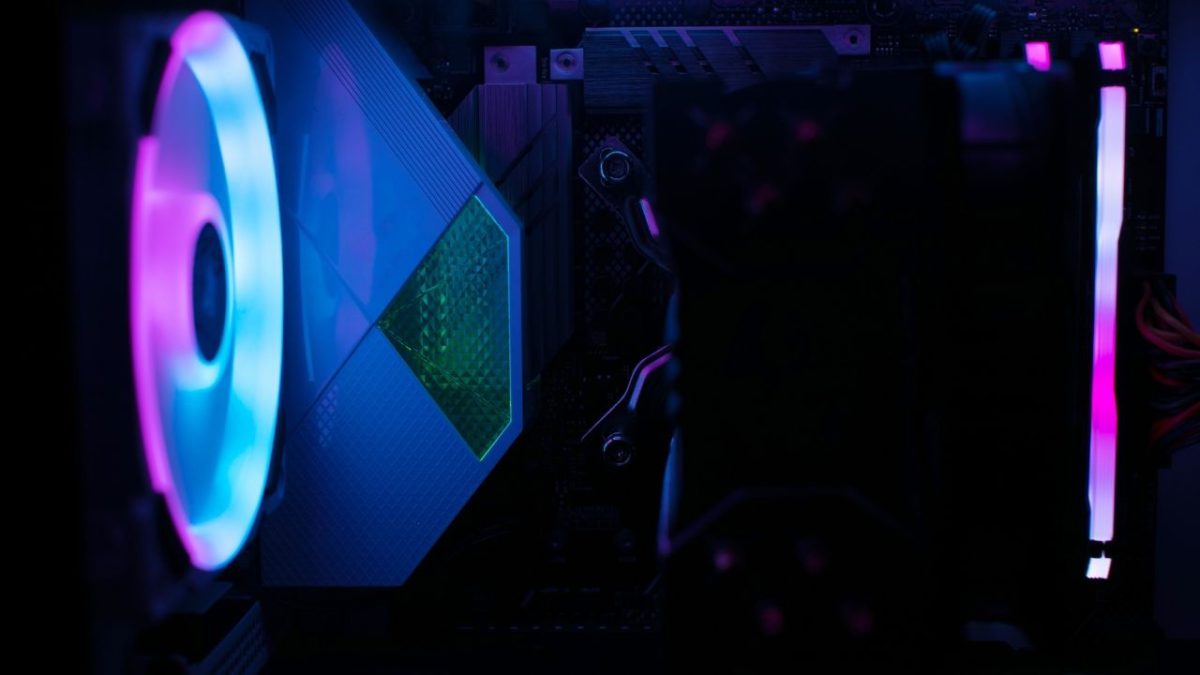How do Blockchain Gaming Differ From Crypto Gaming?
“Blockchain gaming” and “crypto gaming” came first and second, respectively. Recently, the concept of “play-to-earn” has grown in acceptance. Depending on the context, the word “blockchain” is used differently, and throughout time, more or less appropriate synonyms have been adopted to describe this flourishing gaming business.
The differences between blockchain technology and crypto gaming are described here, even though these definitions will probably evolve.
Blockchain gaming and crypto gaming are two related concepts that combine elements of gaming and cryptocurrency technology.
Blockchain gaming refers to the integration of blockchain technology into the gaming industry. Blockchain, the decentralized and transparent ledger technology, is used to provide a secure and transparent environment for in-game assets and transactions. It allows players to have true ownership and control over their virtual items, as well as enables developers to create decentralized game economies.
In blockchain games, in-game assets are represented as non-fungible tokens (NFTs) or digital tokens that are unique and can be bought, sold, and traded on the blockchain. These assets can include virtual items, characters, skins, and more. Blockchain technology ensures the scarcity, provenance, and authenticity of these assets, as well as enables players to trade them on decentralized marketplaces.
Crypto gaming, on the other hand, refers to the integration of cryptocurrencies and tokens within traditional video games. It involves the use of cryptocurrencies as a means of payment, rewards, or as a utility token within the game ecosystem. Crypto gaming often utilizes blockchain technology for secure and transparent transactions.
For example, some games may have their own native cryptocurrency or token that players can earn or purchase. These tokens can be used to buy in-game items, unlock additional content, or participate in special events. Crypto gaming allows players to have more control over their in-game assets and provides opportunities for earning real-world value through trading or selling digital items.
Both blockchain gaming and crypto gaming aim to provide players with increased ownership, transparency, and value in the virtual gaming world. They offer new possibilities for player-driven economies, cross-game interoperability, and unique gaming experiences.
Without mentioning financial assets, the term “blockchain gaming” promotes blockchain technology. The inherent blockchain concepts of decentralization, actual ownership, and censorship resistance are therefore promoted and presented as the sole option.
Total decentralization is a huge technological challenge due to several implementation-related worries, including:
Does the immutability of the game’s rules require that they be stored on the blockchain? Will each computer ever be able to provide enough resources to run a full MMORPG, or will a central server still be required to generate the graphics?
What does interoperability mean in a metaverse?
Decentralization is the main objective of “blockchain gaming.” For blockchain purists, getting this degree fulfills a development dream! There aren’t any games like this at the moment. However, some individuals are working to create ones. We can talk about Decentraland and games like Chainbreakers and Battle Racers built on it.
I know everyone is dunking on FB->Meta (and it is well deserved), but tbh I am excited that a major tech co is going all-in on “the metaverse”. One key thing I’ll be tracking is what role the Web will play in this. Zuck claims to want interoperability, but what will that mean?
— Richard MacManus (@ricmac) October 28, 2021
Decentraland is possibly one of the most decentralized projects to date. The LANDs metadata is maintained on Ethereum thanks to NFT, and all of the graphics are hosted on 13 servers worldwide that are overseen by small DAOs. If one server is down, players can still access the game by connecting to another. Although Decentraland is not a video game, it is a great example of how decentralized design may be achieved without just relying on a blockchain.
Also Read: Top 4 Blockchain Gaming Projects On Solana
The word “crypto gaming” refers to a game that awards prizes in crypto or NFT.
Games were known as “crypto” use cryptocurrency as the game’s medium of exchange. As a result, this coin will be used for rewards and gameplay.
Players that win these games are paid either in NFT or cryptocurrencies. Your skills and time invested in the game will determine your chances of winning. The gameplay and designs of the games offered have significantly altered, even though some of them at first resembled the Flash games from the 2000s.
A crypto gaming business includes The Satoshis’ Games studio. They created several cryptocurrency games, including Lightnite, a Fortnite-like title that used the Lightning Network to award players with Bitcoin dust. Elixir, a single application that integrates the NFT marketplace and app store, provides access to additional games developed by Satoshis’ Games.
Numerous phrases for varying (de)centralization stages
Even though blockchain and cryptocurrency gaming are two distinct concepts with separate names, they are commonly conflated. But one encourages decentralization, whilst the other emphasizes the advantages of playing. As a result, the terms “crypto gaming” and “blockchain gaming” have become popular marketing buzzwords. Depending on how it has been built, the game’s setting will be more or less decentralized.
Stay informed with daily updates from Blockchain Magazine on Google News. Click here to follow us and mark as favorite: [Blockchain Magazine on Google News].
Get Blockchain Insights In Inbox
Stay ahead of the curve with expert analysis and market updates.
latest from tech
Disclaimer: Any post shared by a third-party agency are sponsored and Blockchain Magazine has no views on any such posts. The views and opinions expressed in this post are those of the clients and do not necessarily reflect the official policy or position of Blockchain Magazine. The information provided in this post is for informational purposes only and should not be considered as financial, investment, or professional advice. Blockchain Magazine does not endorse or promote any specific products, services, or companies mentioned in this posts. Readers are encouraged to conduct their own research and consult with a qualified professional before making any financial decisions. The featured image used is just a creative depiction of the title and it does not intend to hurt sentiments of any person or institution. If it hurts anyone sentiments, please do not hesitate to reach out to Blockchain Magazine.

 Bitcoin
Bitcoin  Ethereum
Ethereum  XRP
XRP  Tether
Tether  Solana
Solana  Dogecoin
Dogecoin  USDC
USDC  Cardano
Cardano  Lido Staked Ether
Lido Staked Ether  TRON
TRON  Chainlink
Chainlink  Avalanche
Avalanche  Sui
Sui  Wrapped stETH
Wrapped stETH  Wrapped Bitcoin
Wrapped Bitcoin  Stellar
Stellar  Toncoin
Toncoin  Hedera
Hedera  Shiba Inu
Shiba Inu  Polkadot
Polkadot  WETH
WETH  LEO Token
LEO Token  Bitcoin Cash
Bitcoin Cash  Litecoin
Litecoin  Hyperliquid
Hyperliquid  Bitget Token
Bitget Token  Official Trump
Official Trump  Uniswap
Uniswap  Pepe
Pepe  Wrapped eETH
Wrapped eETH  USDS
USDS  NEAR Protocol
NEAR Protocol  Ethena USDe
Ethena USDe  Aave
Aave  Aptos
Aptos  Internet Computer
Internet Computer  Ondo
Ondo  WhiteBIT Coin
WhiteBIT Coin  Ethereum Classic
Ethereum Classic  Cronos
Cronos  Monero
Monero  Mantle
Mantle  POL (ex-MATIC)
POL (ex-MATIC)  Render
Render  Algorand
Algorand  Dai
Dai  Bittensor
Bittensor  Artificial Superintelligence Alliance
Artificial Superintelligence Alliance 



